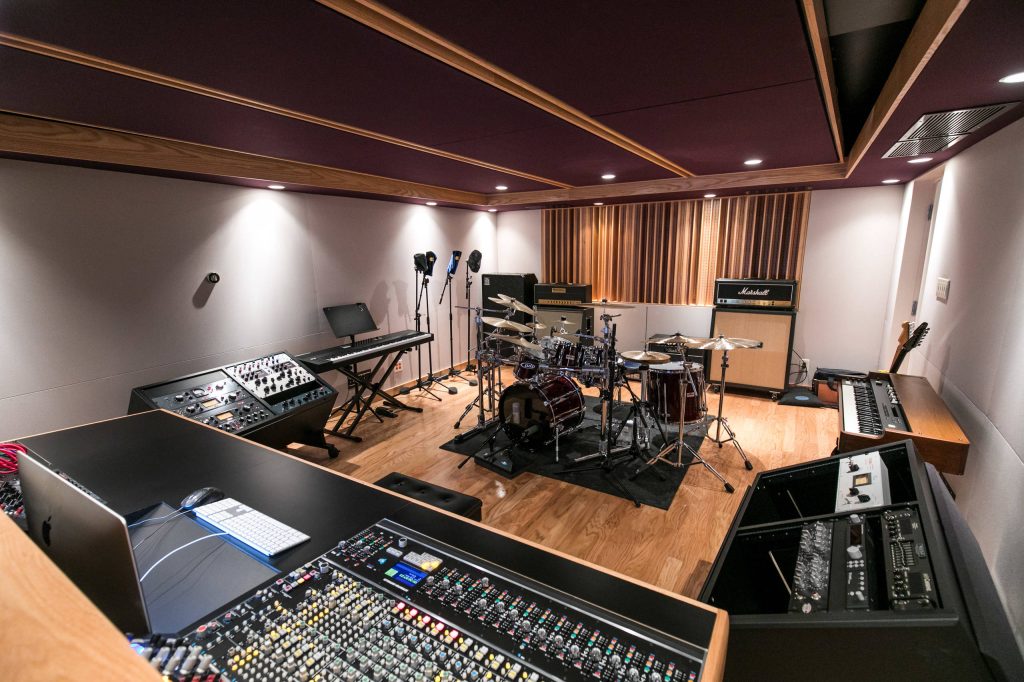In the dynamic world of music production, the recording studio serves as the creative hub where artistry meets technology. It is in this sacred space that musicians and audio engineers join forces to capture the
In the dynamic world of music production, the recording studio serves as the creative hub where artistry meets technology. It is in this sacred space that musicians and audio engineers join forces to capture the essence of sound. From the initial microphone setup to the final mixing stages, each step in the recording process contributes to the overall quality and impact of the final product. In this article, we will embark on a journey through the vocal recording studio, exploring the essential components and techniques that transform raw audio into a polished masterpiece.
Acoustic Considerations:
Before diving into the technical aspects of recording, it is vital to address the significance of the studio’s acoustic environment. The room’s size, shape, and materials play a crucial role in capturing sound accurately. Proper acoustic treatment, such as soundproofing and diffusion, minimizes unwanted reflections and ensures a clean recording.
Microphone Selection and Placement:
Selecting the right microphone(s) for a particular recording session is a critical decision. Different microphones possess unique characteristics that shape the sound they capture. Factors like microphone type (dynamic, condenser, ribbon), polar pattern, and frequency response should be considered when matching the microphone to the instrument or vocalist.

Signal Chain and Preamps:
The signal chain refers to the sequence of audio devices that process the sound from the microphone to the recording medium. Preamps, which amplify the microphone signal to a usable level, are an essential part of the signal chain. Choosing high-quality preamps can enhance the sonic character and prevent noise or distortion from degrading the recording.
Editing and Processing:
Once the raw audio is recorded, the editing process begins. This involves trimming, comping, and aligning performances to create a cohesive musical arrangement. Additionally, audio processing techniques, including equalization, compression, and effects, are employed to enhance the sound and add artistic flavor.
Mastering:
The final step in the recording studio journey is mastering. Mastering involves fine-tuning the mix to optimize it for various playback systems and formats. It encompasses processes like equalization, compression, stereo enhancement, and adding the final touches to ensure the overall sound is polished and competitive in the commercial realm.
The vocal recording studio serves as the gateway between an artist’s vision and the world of music lovers. From the careful selection and placement of microphones to the intricacies of mixing and mastering, each step in the recording process is crucial. By mastering the art and science behind capturing and manipulating sound, recording professionals can transform a simple musical performance into a breathtaking sonic experience that resonates with listeners for years to come.
